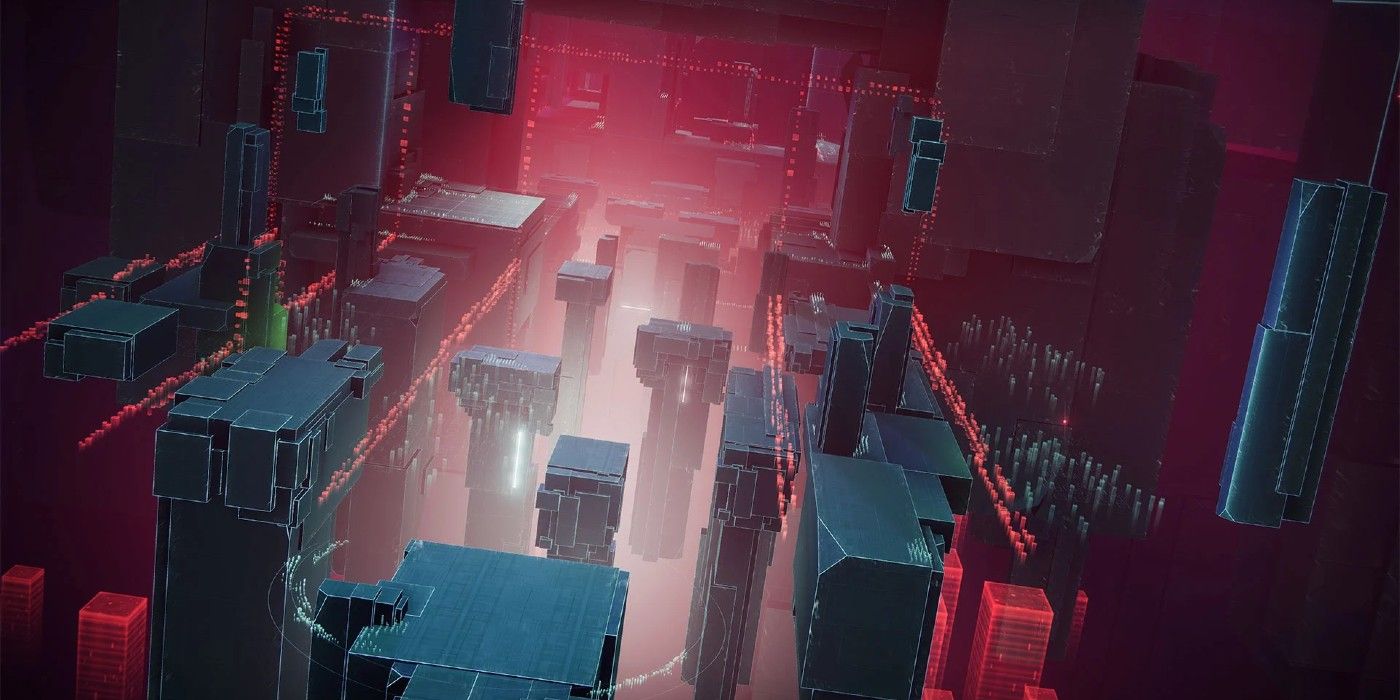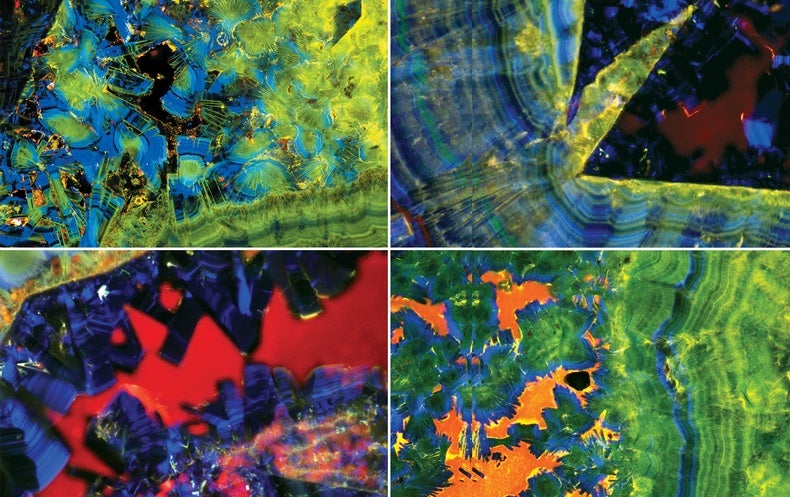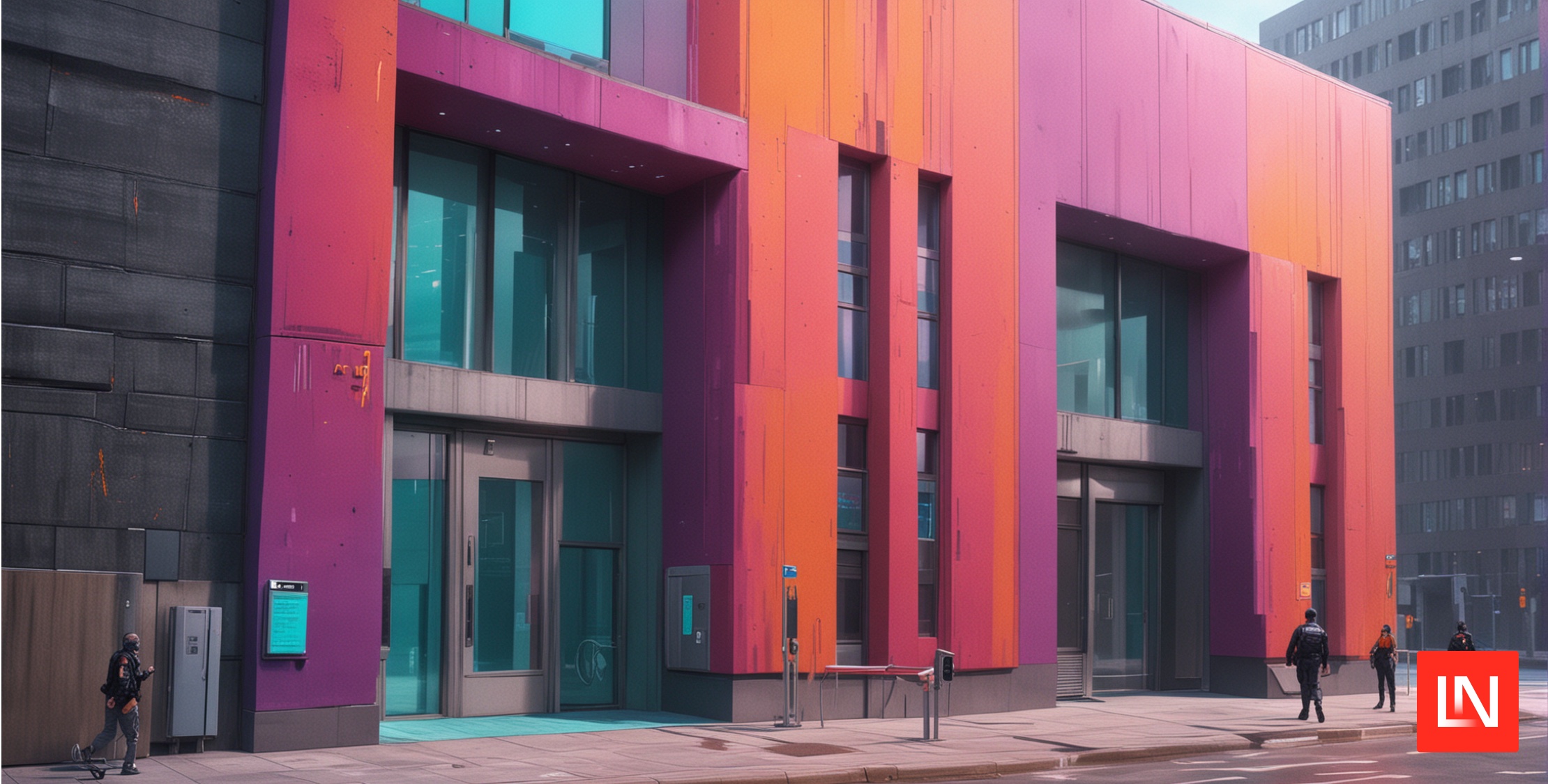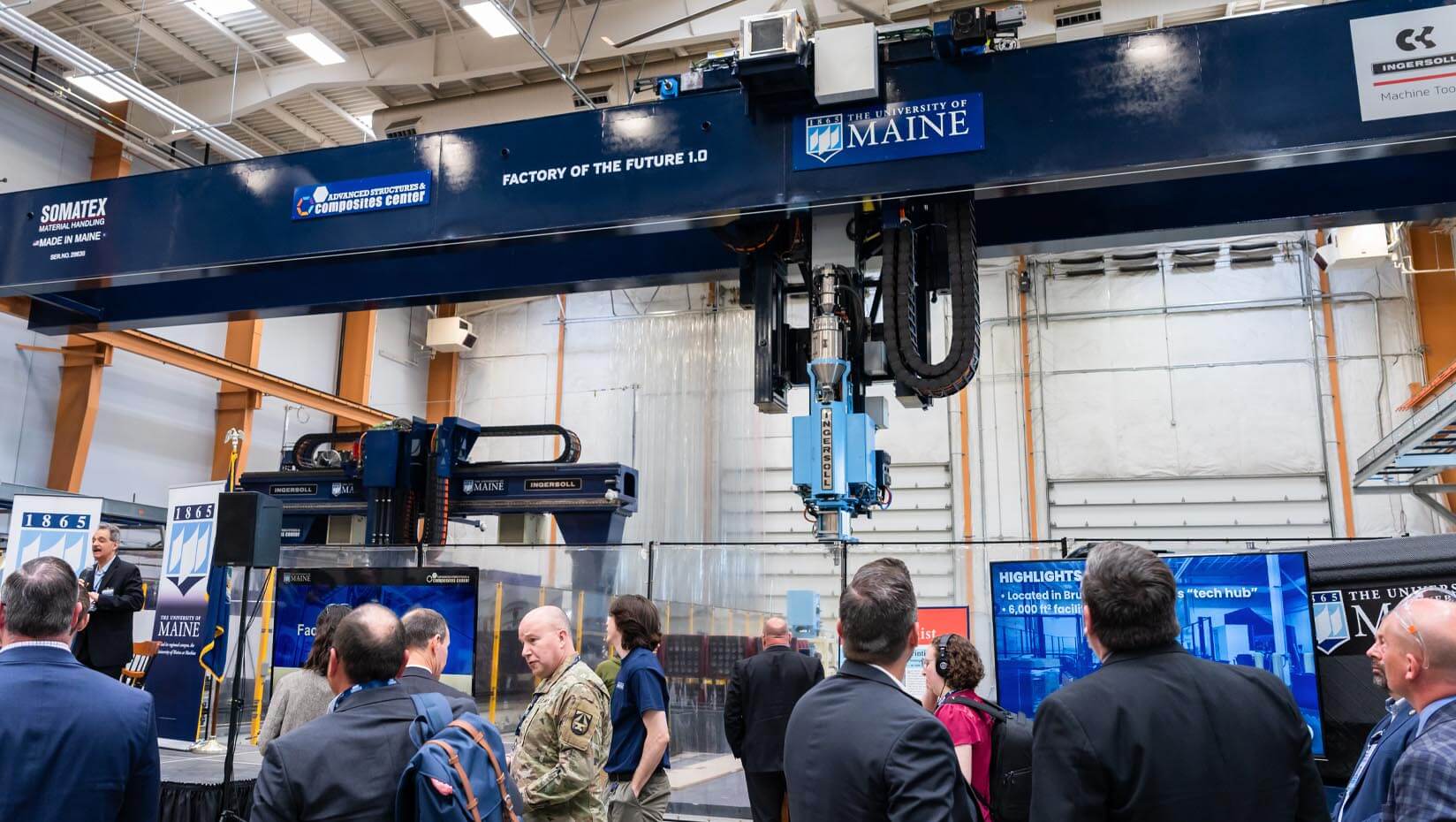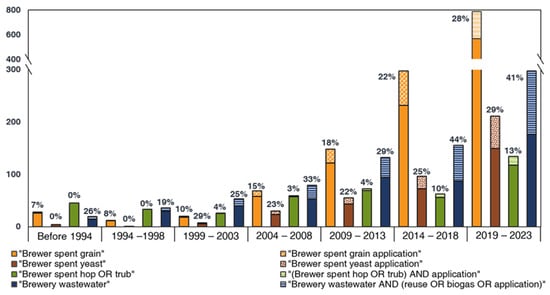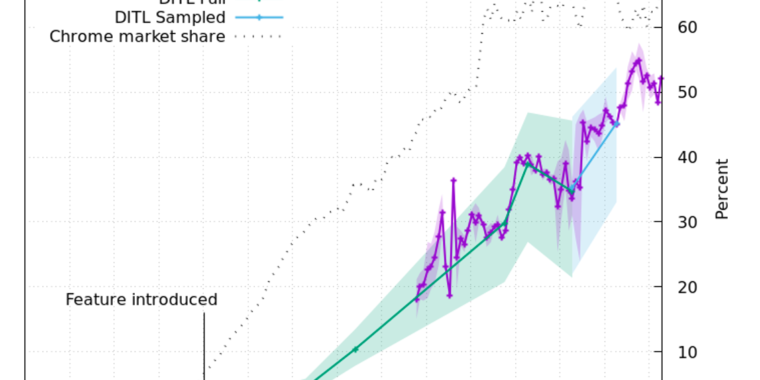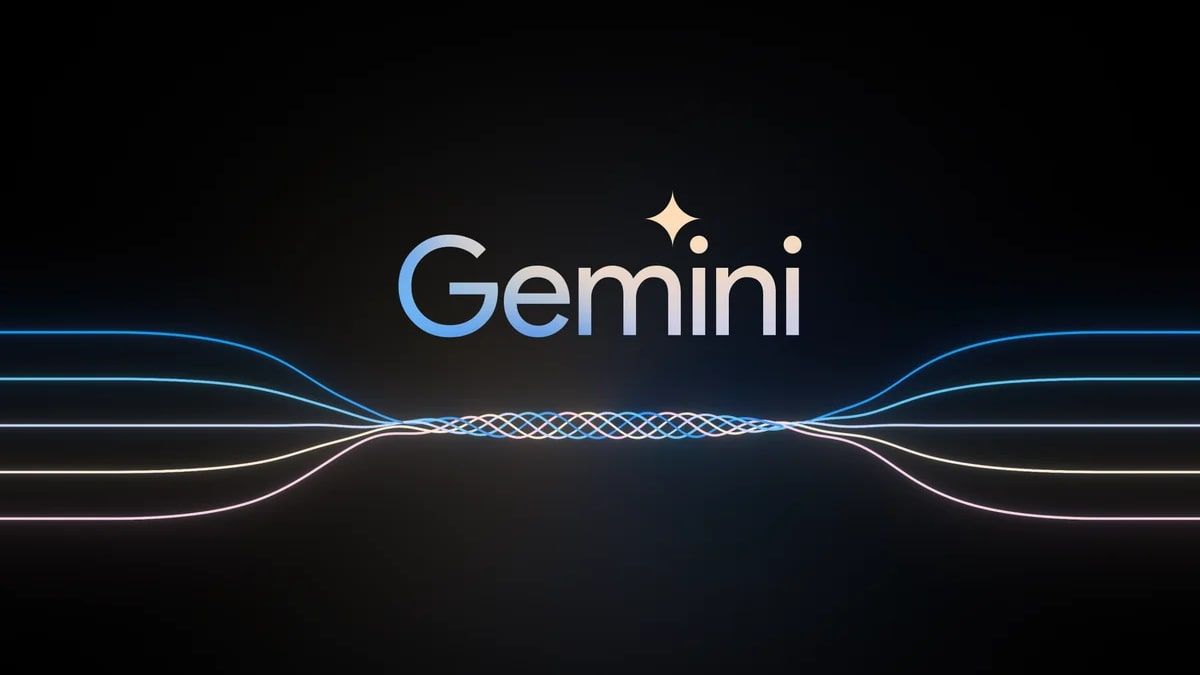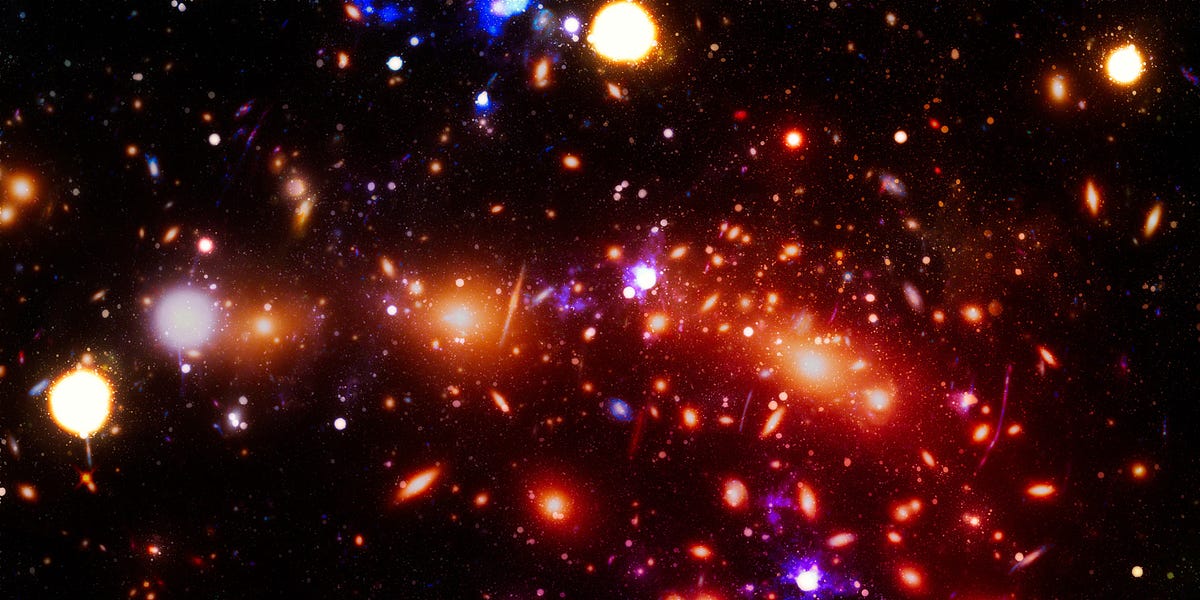
Why Geology Is Our Destiny
A visit to the renovated hall of gems and minerals at the American Museum of Natural History reveals how the cosmos works in the real world.
A large stibnite mineral from China on display at the American Museum of Natural History. Credit... Vincent Tullo for The New York Times
One day in October 1820 two young men, Elijah Hamlin and Ezekiel Holmes, were hiking on a hill in Maine called Mount Mica when they spotted a glowing, green stone on the ground. They picked it up and started to look for others, but darkness was falling. The next day it snowed.
When they finally returned, in the spring, they found the hill littered with such stones, since identified as tourmaline, a semiprecious gem prized for its range of colors. Word spread. In 1879 a gentleman geologist and man-about-the-world named George Kunz visited. He gave some pieces to a businessman named Charles Tiffany, who hired him on the spot. One of Tiffany’s board members was J.P. Morgan, the banker and robber baron, who started buying tourmaline and other jewels through Kunz. Much of that collection wound up in the American Museum of Natural History.
I made the acquaintance of Morgan’s tourmaline, along with the original tourmaline found by those hikers (fashioned into a watch fob inscribed with the word Primus, or “first”), on a recent visit to the newly reopened Allison and Roberto Mignone Hall of Gems and Minerals.
